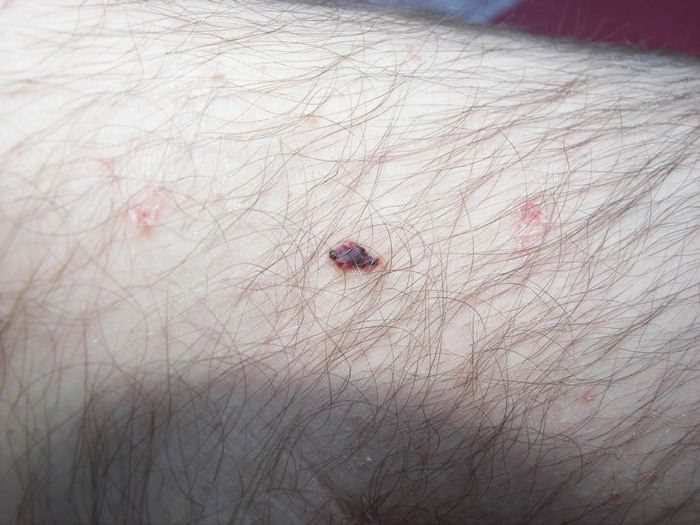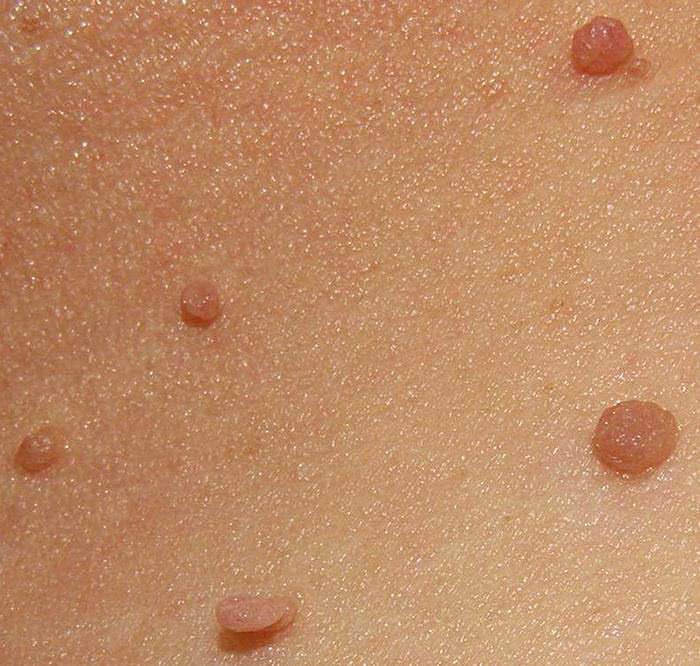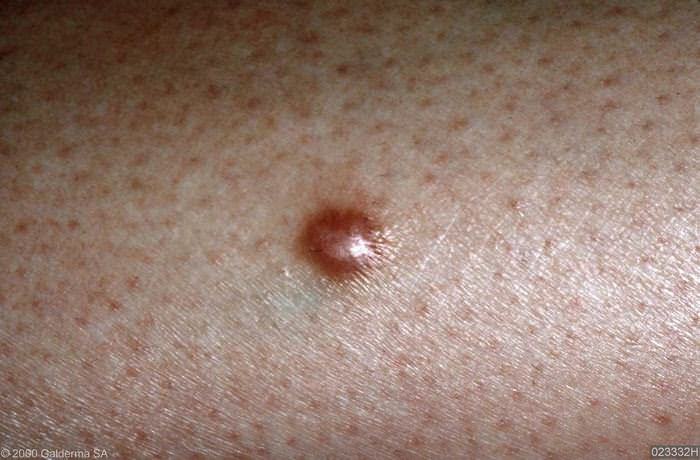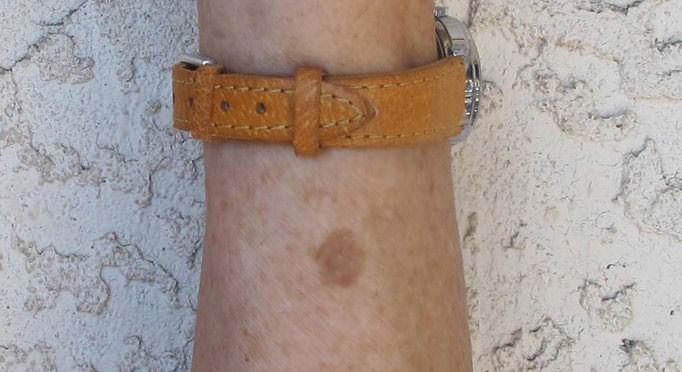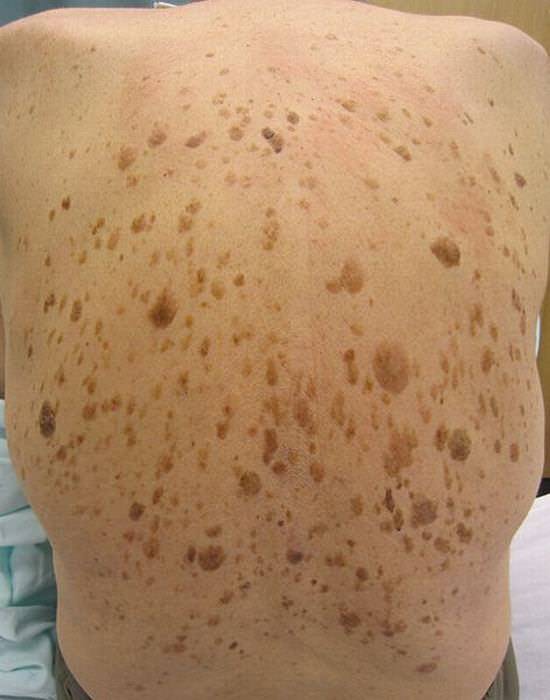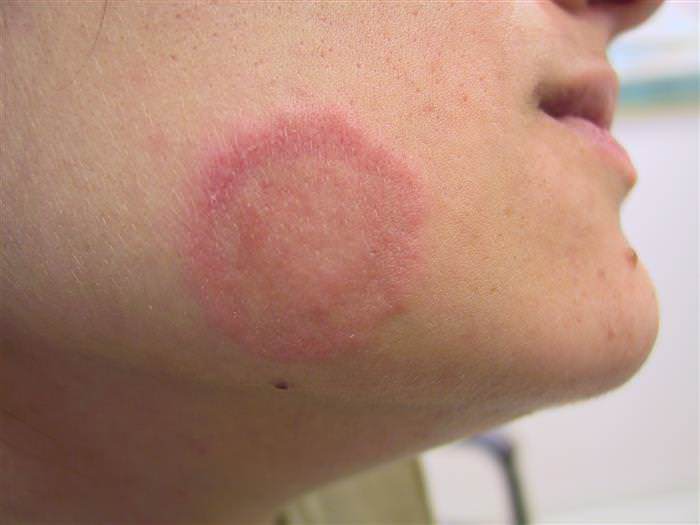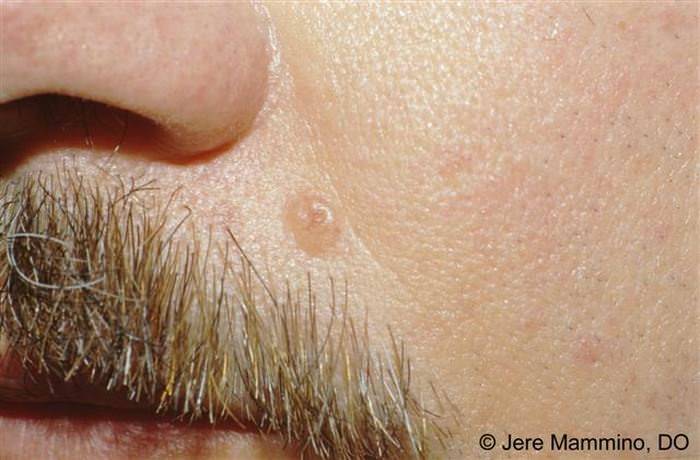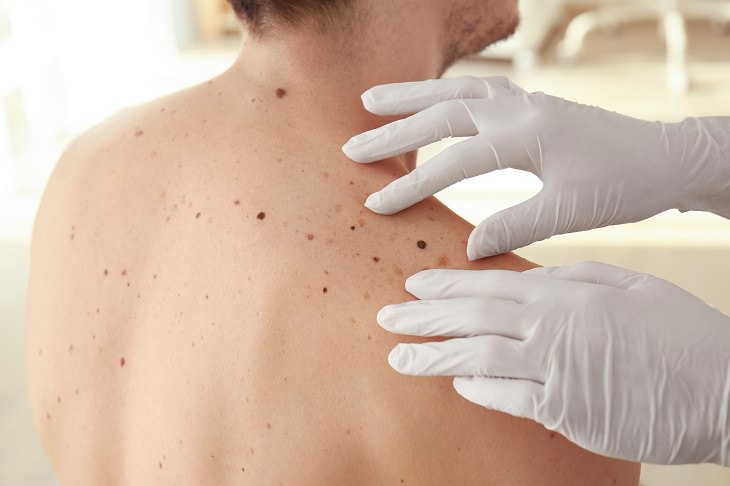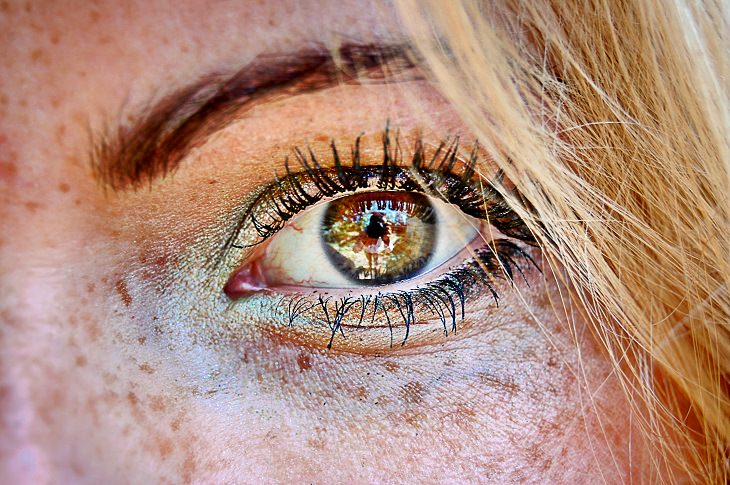Many rely on plant protein sources to fulfill their daily requirements.
But is it a better option than animal protein? Know all the benefits of
plant protein and its sources to improve your overall health.

Protein is a crucial macronutrient essential for building and repairing
tissues, making enzymes, and boosting immunity. It is fundamental for
muscle growth, energy, and overall health. Protein is made up of amino
acids and there are two main sources of protein: animal and plant.
Animal protein, found in meat, eggs, and dairy, provide all essential
amino acids but can be high in saturated fats. Plant protein, such as
legumes, nuts, seeds, and grains, offer benefits to your heart health.
They are rich in fibre and antioxidants, contributing to a balanced diet
and reducing the risk of chronic diseases. Vegetarians looking for a
way to make plant protein a part of their diet should know all about it.
What is plant protein?
Protein is
an essential building block made up of amino acids. They are vital for
cell growth, repair, and overall bodily function and are especially
important for the growth and development of children, teenagers, and
pregnant women. Protein is found in various foods and must be included
in your daily diet.
Protein comes from both plant and animal sources. Animal proteins
include meat, fish, and eggs, while plant proteins are found in foods
such as pulses, tofu, soy, tempeh, seitan, nuts, seeds, certain grains,
and peas. Plant-based proteins are not only rich in protein but also
provide additional nutrients like fibre, vitamins, and minerals.
Although plant proteins may not contain all essential amino acids in one
source, combining different plant-based foods can meet your body’s
needs.
Benefits of plant protein
Plant protein, found
in foods like beans, nuts, seeds, and grains, offer many benefits for
your overall health. Know 7 key reasons to include more plant protein in
your diet:
1. Packed with antioxidants
Consuming antioxidant-rich foods can help reduce inflammation and lower the risk of chronic diseases such as heart disease. As per the study published by the journal Antioxidants,
most plant-based proteins, such as those found in beans, lentils, and
nuts, are often packed with vitamins and phytochemicals like flavonoids
and carotenoids that contribute to their antioxidant properties. They
can help protect your body from damage caused by harmful free radicals.
2. Boosts gut health
Due to their rich fibre content, plant
protein is great for digestion as well. “Foods such as legumes and whole
grains are rich in dietary fibre, which may help promote regular bowel
movements, support beneficial gut bacteria, and reduce the risk of
digestive disorders,” explains nutritionist and holistic wellness coach . Maintaining gut health boosts nutrient absorption, boosting immunity and well-being.
3. Good for your heart
Plant-based foods tend to be lower in
unhealthy fats and cholesterol compared to animal products, which makes
them great for improving heart health. Add foods such as beans, nuts,
and seeds that are not only low in unhealthy fats but also rich in
heart-healthy nutrients like omega-3 fatty acids, potassium, and
magnesium. As per the journal Nutrients,
a plant-based protein-rich diet packed with these nutrients can lower
blood pressure and reduce inflammation, lowering your risk of heart
disease.
4. May lower cancer risk
A plant-based protein-rich diet is
full of fibre, vitamins, and other essential nutrients that may protect
you against certain types of cancer, especially breast cancer, reveals a
study published in the BMC Women's Health.
For instance, cruciferous vegetables like broccoli and Brussels
sprouts, rich in plant protein, are linked to a lower cancer risk.
Additionally, plant proteins are typically free from the harmful
compounds in some animal products, which may contribute to a reduced
cancer risk.
5. Helps with weight management
“Plant
proteins can also be beneficial if you are trying to lose weight. They
are often more filling than animal proteins, which can help you eat less
and stay satisfied for a longer period,” says Wahi. The fibre in plant
protein also helps you feel full, reducing the risk of overeating and
helping with weight loss.
6. Supports muscle health
Both animal and plant-based
proteins can help build muscle mass but you have to exercise regularly.
Add plant protein foods, such as quinoa, soy, and hemp seeds, to provide
all the essential amino acids needed for muscle growth and repair. They
also come with other essential nutrients, like more fibre and fewer
unhealthy fats, which makes them super healthy for you.
7. May reduce type 2 diabetes risk
Eating a plant-based
protein diet that includes legumes, nuts, and seeds is associated with
better glycemic control and lower insulin resistance. They are also
generally lower in unhealthy fats and sugars, which can contribute to
better blood sugar control. According to a study published in a journal, increasing vegetarian protein intake may help reduce the risk of type 2 diabetes without causing weight gain.
Plant protein sources
Here are some best plant-based proteins you should include in your regular diet:
- Lentils
- Chickpeas
- Black beans
- Quinoa
- Tofu
- Tempeh
- Edamame
- Hemp seeds
- Chia seeds
- Almonds
- Peas
- Oats
- Sunflower
- Spirulina
Protein supplements
Plant-based
protein powders are available from sources such as peas, hemp, rice,
and soy, providing a great alternative to animal-based proteins. “These
supplements are often easier to digest than some animal proteins and
they may also offer additional fibre and essential nutrients,” says
Wahi. While they can help you meet your protein needs, the experts
recommend consuming a variety of foods that can help you receive all
the essential nutrients, along with protein. If you choose to
incorporate protein supplements, it is a good idea to assess your
specific needs and consult with your healthcare provider to make a
better choice.
How much protein do you need?
Protein
is essential for everyone, but the amount you need can vary based on
factors like age, weight, and lifestyle. For instance, pregnant or
breastfeeding individuals and athletes typically require more protein.
According to a journal:
- The
general recommendation for protein intake is about 0.8 grams per
kilogram of body weight or 0.36 grams per pound. This is the minimum
daily amount needed to meet basic nutritional needs.
- Pregnant or breastfeeding women should aim for 75 to 100 grams of protein daily to support fetal development.
- For those over 50 years old and weighing more than 60 kg, the daily protein requirement is approximately 53 grams.
Remember,
exceeding the recommended daily intake of protein is not considered
safe. Higher consumption of protein every day can strain the kidneys and
liver and may increase the risk of health issues such as osteoporosis
and kidney stones.
Are there any side effects of plant protein?
Plant
proteins are generally safe and have minimal side effects, but they can
cause some issues. Here are a few potential side effects:
1. Digestive issues
Consuming excessive amounts of plant protein can lead to digestive problems such as bloating, constipation,
diarrhea, and gas. Some plant protein, like pea protein, might also
cause cramping in individuals with irritable bowel syndrome (IBS). This
happens because our bodies sometimes struggle to break down plant
proteins. If you experience these issues, try limiting your daily intake
of plant-based protein.
2. Allergic reactions
Some people
may develop allergies or intolerances to certain plant proteins, such
as soy. If you suspect you are sensitive to plant protein, consult your
doctor for advice on suitable protein powders to meet your daily needs.
3. Kidney function
The body processes protein for nutrition
and eliminates waste through the kidneys. Consuming large amounts of
plant-based protein could impact kidney function. However, some
research, including a 2012 study published in the journal, suggests that plant protein may actually be beneficial for kidney health.
Is animal protein better than plant protein?
Animal proteins,
such as meat, eggs, and dairy, are packed with all the essential amino
acids and nutrients, like vitamin B12, making them complete proteins
that are easy to digest. However, they also come with saturated fats and
cholesterol, which can raise your risk of cardiovascular disease.
On
the other hand, plant protein from sources like legumes, grains, nuts,
and seeds provide fibre, antioxidants, vitamins, and minerals. While
they may not always offer a full amino acid profile on their own,
combining different plant-based foods can create a complete protein
profile.
So, while both are healthy sources, you should consume animal protein
occasionally and in moderation to reduce the risk of heart disease. By
doing so, you can make the most of both protein sources and enhance your
overall well-being.
This is only for your information, kindly take the advice of your doctor for medicines, exercises and so on.
https://gscrochetdesigns.blogspot.com. one can see my crochet creations
https://gseasyrecipes.blogspot.com. feel free to view for easy, simple and healthy recipes
https://kneereplacement-stickclub.blogspot.com. for info on knee replacement
https://cancersupportindia.blogspot.com for infor on cancer and health related topics
https://GSiyers
home remedies.blogspot.com is the latest addition to my blogs. I'm
going to add posts there, do give me your valuable feed back on my
blogs. Thanks a lot, take care, be healthy and be happy.
Labels: aids weight loss, benefits of plant protein- full of antioxidants, boosts gut health & heart, dals, lentils, loads of fiber, lowers cancer risk, may reduce type 2 diabetes risk, Nuts, supports muscle health













